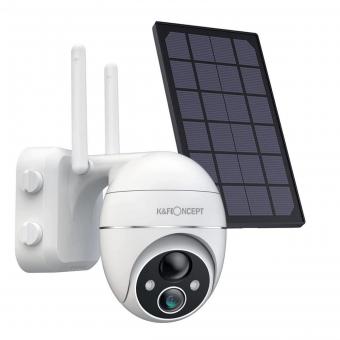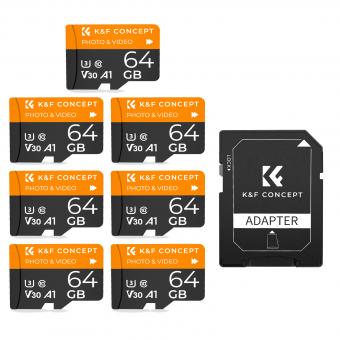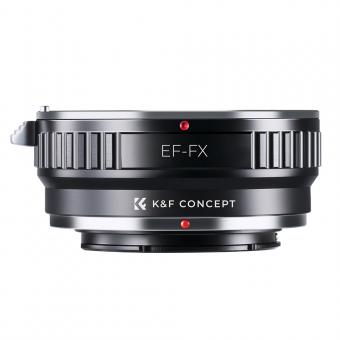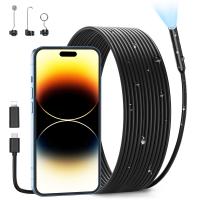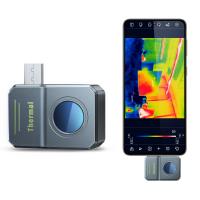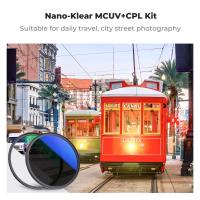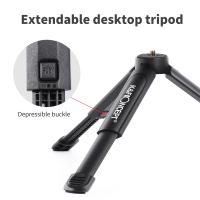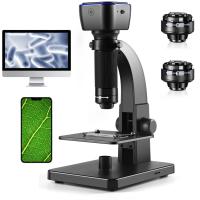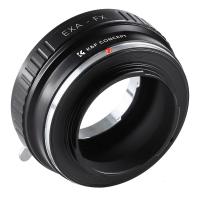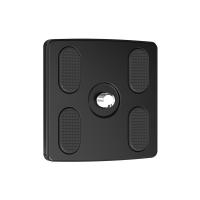How To Make Cctv Camera At Home ?
It is not recommended to make a CCTV camera at home as it requires specialized knowledge and equipment. Additionally, homemade cameras may not meet the necessary standards for quality and reliability. It is recommended to purchase a CCTV camera from a reputable manufacturer or retailer.
1、 Required materials and tools
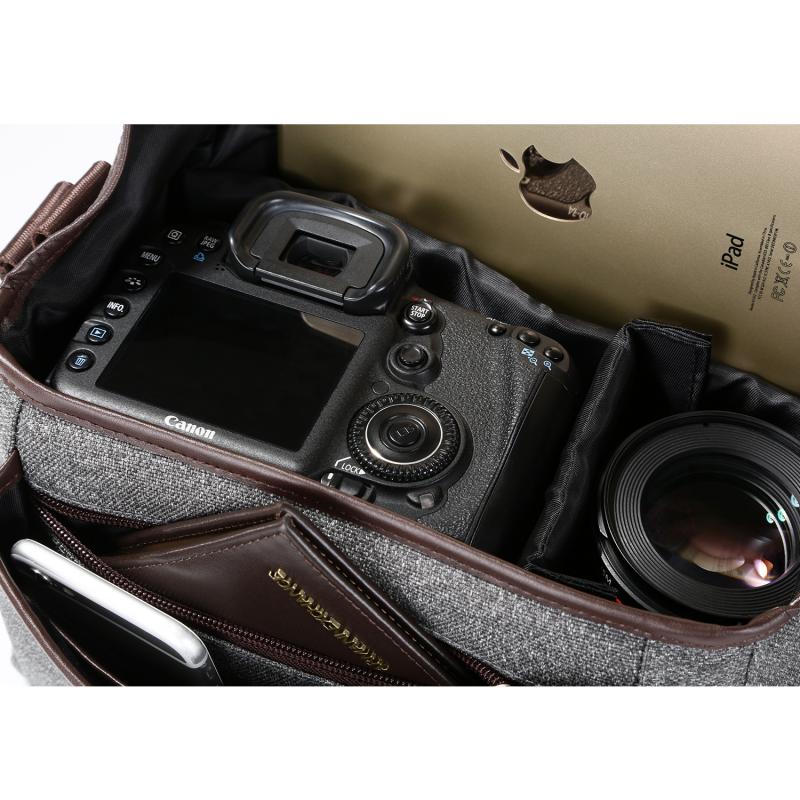
How to make CCTV camera at home:
Making a CCTV camera at home is not an easy task, but it is possible with the right materials and tools. Here are the required materials and tools to make a CCTV camera at home:
Materials:
- Raspberry Pi board
- Camera module
- MicroSD card
- Power supply
- Ethernet cable
- Case for Raspberry Pi board
Tools:
- Screwdriver
- Drill
- Soldering iron
- Wire cutters
- Heat shrink tubing
The latest point of view is that there are many DIY CCTV camera kits available in the market that make it easier to assemble a CCTV camera at home. These kits come with all the necessary materials and tools, and they also include step-by-step instructions to guide you through the process.
However, if you prefer to build your own CCTV camera from scratch, you can follow these steps:
1. Install the camera module onto the Raspberry Pi board.
2. Connect the Ethernet cable to the Raspberry Pi board.
3. Insert the MicroSD card into the Raspberry Pi board.
4. Connect the power supply to the Raspberry Pi board.
5. Install the case for the Raspberry Pi board.
6. Use the screwdriver to secure the case.
7. Use the drill to create a hole for the camera lens.
8. Solder the wires to the camera module.
9. Use the wire cutters to trim the excess wire.
10. Use the heat shrink tubing to cover the soldered wires.
Once you have completed these steps, your DIY CCTV camera is ready to use. You can connect it to your home network and monitor your property from anywhere using a smartphone or computer.
2、 Building the camera body
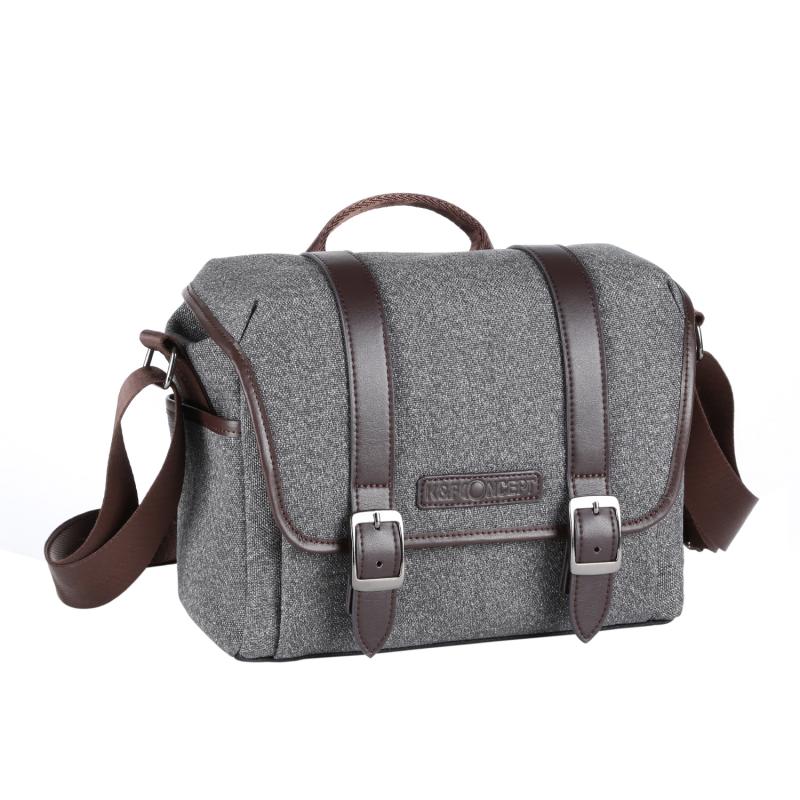
Building the camera body is an essential step in making a CCTV camera at home. To start, you will need a camera module, which can be purchased online or salvaged from an old smartphone or webcam. Next, you will need a housing for the camera module, which can be made from a variety of materials such as plastic, metal, or wood. The housing should be designed to protect the camera module from the elements and provide a clear view of the area being monitored.
Once you have the camera module and housing, you will need to connect them together. This can be done using screws, glue, or other fasteners. It is important to ensure that the camera module is securely attached to the housing to prevent it from moving or shifting over time.
In addition to the camera module and housing, you will also need to consider other components such as the lens, power supply, and wiring. The lens should be chosen based on the desired field of view and resolution, while the power supply should be selected based on the voltage and current requirements of the camera module.
Finally, you will need to connect the camera to a recording device or monitor. This can be done using a wired or wireless connection, depending on your preference. Once everything is connected and configured, you should be able to view and record footage from your homemade CCTV camera.
It is worth noting that building a CCTV camera at home requires some technical knowledge and skill. If you are not comfortable with electronics or DIY projects, it may be best to purchase a pre-made CCTV camera instead. Additionally, it is important to ensure that your homemade CCTV camera complies with local laws and regulations regarding surveillance and privacy.
3、 Installing the camera lens
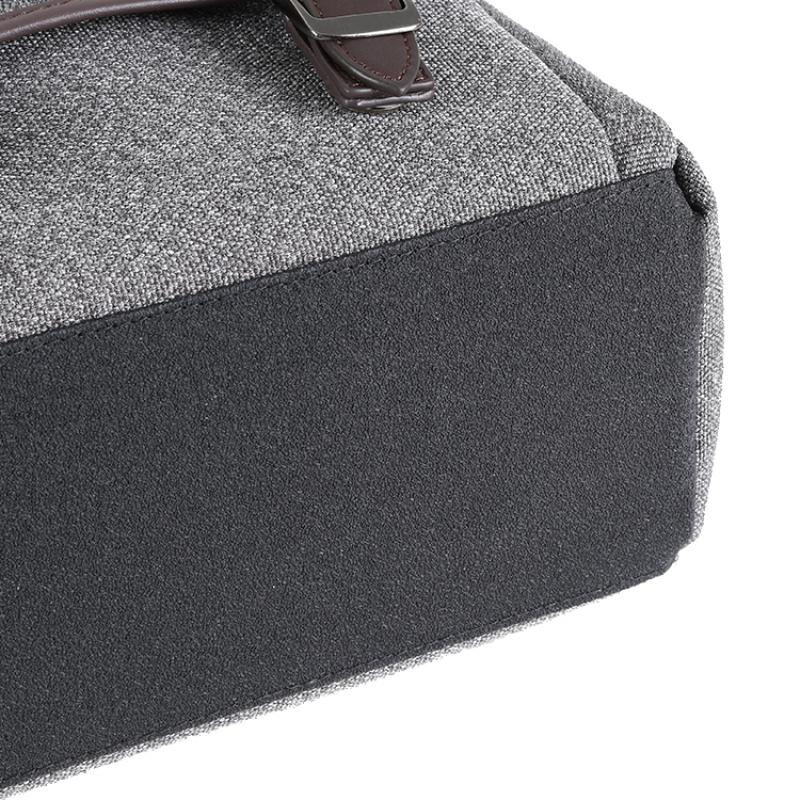
Installing the camera lens is an essential step in making a CCTV camera at home. The lens is responsible for capturing the images and videos that the camera records. Here are the steps to install the camera lens:
1. Choose the right lens: The first step is to choose the right lens for your camera. The lens you choose will depend on the type of camera you are making and the distance you want to cover.
2. Remove the lens cap: Once you have the lens, remove the lens cap carefully. Make sure not to touch the lens with your fingers as it can leave fingerprints and smudges.
3. Attach the lens to the camera: The next step is to attach the lens to the camera. Most lenses come with a screw mount that you can use to attach it to the camera body. Align the lens with the camera body and screw it in place.
4. Adjust the focus: Once the lens is attached, you need to adjust the focus. Turn the focus ring on the lens until the image is clear and sharp.
5. Test the camera: Finally, test the camera to make sure it is working correctly. Check the image quality and adjust the focus if necessary.
It is important to note that making a CCTV camera at home requires technical knowledge and expertise. It is recommended to seek professional help if you are not familiar with the process. Additionally, it is important to ensure that the camera is installed legally and does not violate any privacy laws.
4、 Wiring and connecting the camera
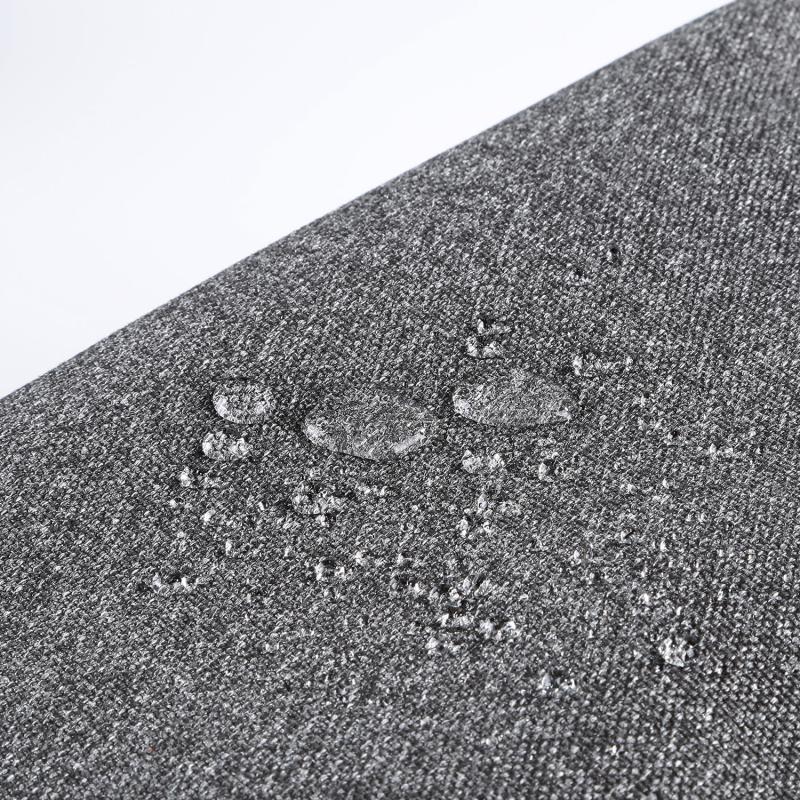
Wiring and connecting the camera is an essential step in making a CCTV camera at home. To begin with, you need to gather all the necessary components, including a camera module, a power supply, a coaxial cable, and a BNC connector. Once you have all the components, follow these steps:
1. Connect the camera module to the power supply using the appropriate wires. Make sure to follow the manufacturer's instructions for wiring the camera.
2. Connect the coaxial cable to the camera module using the BNC connector. The BNC connector should be screwed onto the camera module's video output port.
3. Run the coaxial cable to the location where you want to install the camera. Make sure to use a cable that is long enough to reach the desired location.
4. Connect the other end of the coaxial cable to a DVR or monitor. The DVR or monitor should have a BNC input port that you can use to connect the cable.
5. Turn on the power supply and the DVR or monitor. You should now be able to see the camera's video feed on the monitor.
It is important to note that making a CCTV camera at home requires some technical knowledge and expertise. If you are not familiar with wiring and connecting electronic components, it is best to seek the help of a professional. Additionally, it is important to ensure that your CCTV camera complies with local laws and regulations regarding surveillance and privacy.

